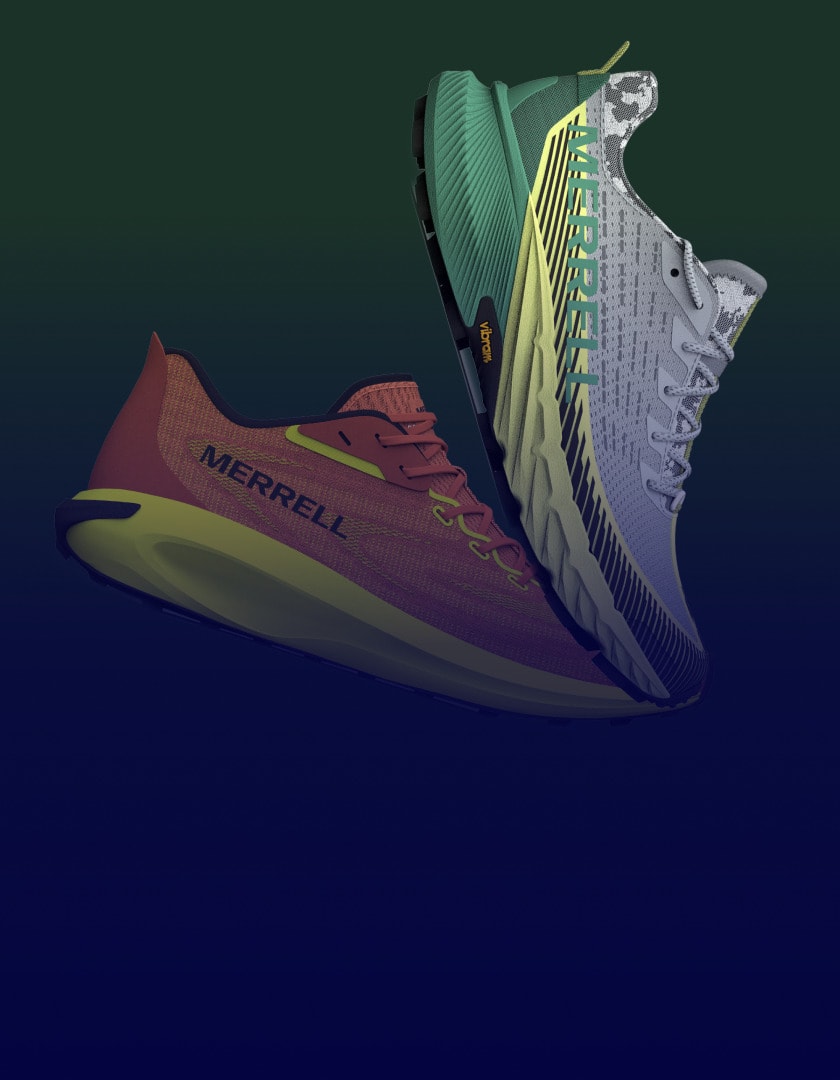Harmonizing Data
“I could never have imagined just how difficult and complex the category really is. Each bra has 30+ components so you are managing a large number of raw material suppliers for each garment and need to make sure all of that is orchestrated appropriately…”
Marcus Chung, VP of Manufacturing and Supply Chain at ThirdLove describes his initial reaction to the intricacies of the bra industry, despite having worked in the apparel business for years. ThirdLove needed a Product Lifecycle Management system (PLM) to establish formal processes and harmonize tech pack data to handle the complexity of each individual style. They also wanted to improve transparency in product development and communication.
Today, ThirdLove enjoys one single source of the truth in a central data repository, their processes are more clearly defined and their tech packs are virtually error-free, ensuring operational excellence. What journey did they take with Centric PLM™ to solidify their digital foundation?
A Custom Fit
Headquartered in San Francisco, ThirdLove was established in 2012 after co-founder Heidi Zak experienced frustration that not one of the bras she owned fit properly. So she set out to make her own bra. She and her team created innovative designs, throwing out the industry-standard molds, crafting each size from scratch.

Based on a direct-to-consumer model whose initial sales were on a mobile app, ThirdLove started a small revolution with their Fit Finder® which assesses a woman’s fit challenges and recommends the perfect size and style bra for her. They pioneered the half-cup, with inclusive sizing, making up to 80 different sizes available.
Playing Catch Up
ThirdLove was growing rapidly and their team was too. They had few procedures to point to when onboarding new staff to the product development process and every season, the product design team started anew.
Says Chung, “It was this onerous product development process and was very difficult to get new team members to understand where the information was, and what our standards were. Each size was created independently of one another so even though there were base sizes, grading was specialized.
When we launched our business, each size was designed from scratch. It sounds crazy—but it is also part of the magic of what made us successful—however you can’t replicate that season over season, plus, customers expect consistency in sizing. We needed to be able to document everything meticulously, beyond what spreadsheets and emails could provide.”
“Ironically, we’ve always considered ourselves to be a tech-enabled company; we’ve had artificial intelligence algorithmic machine-learning capabilities for fit and marketing from the beginning. But supply chain is not typically the first place companies make tech investments, so we were seven years old before we implemented PLM; it was high time for an upgrade to build the foundation of more efficient product development and production.”
An Easy Choice
The PLM selection was led by supply chain (Sourcing and production are part of the supply chain organization) with input from design, planning and merchandising. Centric stood out due to their ability to prove how inconsistent processes would be improved, the responsiveness of the Centric team, and the fast time-to-value of Centric SMB, Centric Software’s cloud-based, SaaS solution for small to medium enterprises.
“We decided to go with Centric SMB because ease of implementation was front and center for us. We have a small team and didn’t have the time or bandwidth to dedicate resources to a year-long implementation. We needed a turnkey solution which we got up and running really quickly and got everybody on board quickly too,” says Chung.
He continues, “The modular approach was really attractive to us. There was a place to start and we knew that as our business grew in size and complexity, we could add on more modules.”
Centric’s deep experience in fashion was the icing on the cake. “It really came through that the Centric team is familiar with fashion. Having them speak the same language as our designers, as our production team, we could tell that they’d worked with other companies with similar seasonality issues and product development challenges. Centric SMB is very user-friendly and we felt like our product category made sense for the solution,” says Chung.
Tech Packs, Templates and More
ThirdLove now boasts accurate tech packs, grading and data management in PLM. The important thing with a category such as bras and even more so with ThirdLove’s unique materials and design approach is the high level of precision required as new styles are added in wide size ranges.
“Constructing tech packs in the system has given us templates that allow us to build upon a new product based on a silhouette from the previous season. That’s the biggest and most high-impact benefit,” says Chung. He elaborates, “PLM has become one single source of truth in the creative process that didn’t exist before. Even though we didn’t grade, we sort of backward engineered into grade rules, which became the foundation for scalability for us.”

Essential workflows were created digitally in PLM. Email and spreadsheet product development is becoming a thing of the past, leaving no question as to what the latest versions of anything is, now that all product data is in a single accessible digital space.
“For us, PLM was really building that foundation, not only from the standpoint of having a PLM system, but to push us to create standard processes,” says Chung. “One of the upsides of being a younger, emerging brand, is we didn’t have a lot of standard processes, so we were really open to developing them in PLM.”
Managing Through a Crisis
With the arrival of COVID-19, ThirdLove like all companies had to react quickly. They re-forecasted the year’s sales and pivoted from growth to managing cash flow. They reduced their inventory commitment for the year and were forced to re-size their organization in accordance with the lower sales volumes.
By having Centric PLM in place, we were able to operate leaner and make a seamless switch to remote-working by unifying product-related processes and internal and external teams in one digital space.
Looking Ahead
When asked about how technology shapes inclusive sizing, Chung responds, “One of the amazing things at ThirdLove is the data we get from our Fit Finder®. There’s so much opportunity to service our customer in making new and different products based on millions of data points that inform how we think about product development. There is a ton of information that we can take advantage of internally that we still have yet to fully unlock.” These data points can be managed in PLM and better support creative teams by staying close to consumer needs.
ThirdLove has also decided to invest in the vendor portal which they are launching now. Says Chung, “The intention is to have vendors on the platform to reduce the emails back and forth—it comes back to that single source of the truth—it’s so important to be able to make sure we’re all talking about the same thing.”
New to Centric PLM? Learn more
What is Centric Pricing & Inventory? Learn more
What is Centric Market Intelligence? Learn more
Centric Visual Boards Learn more
















